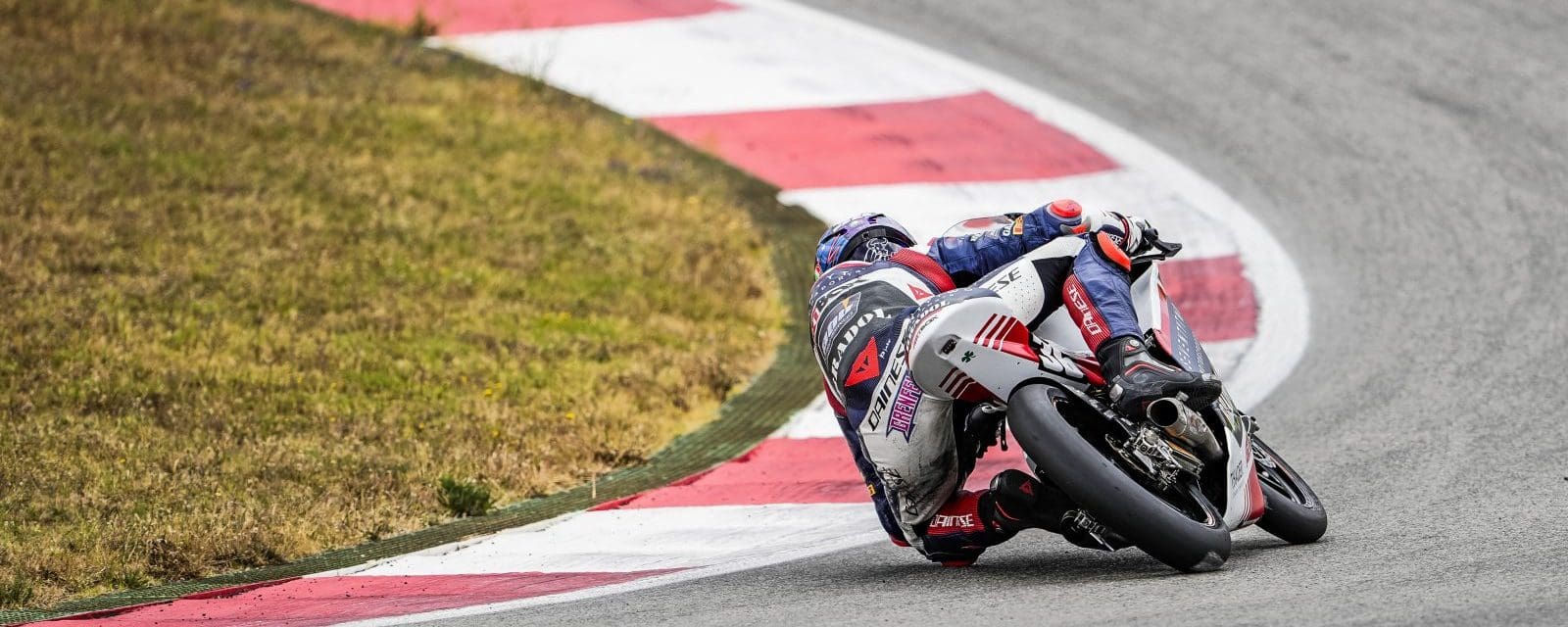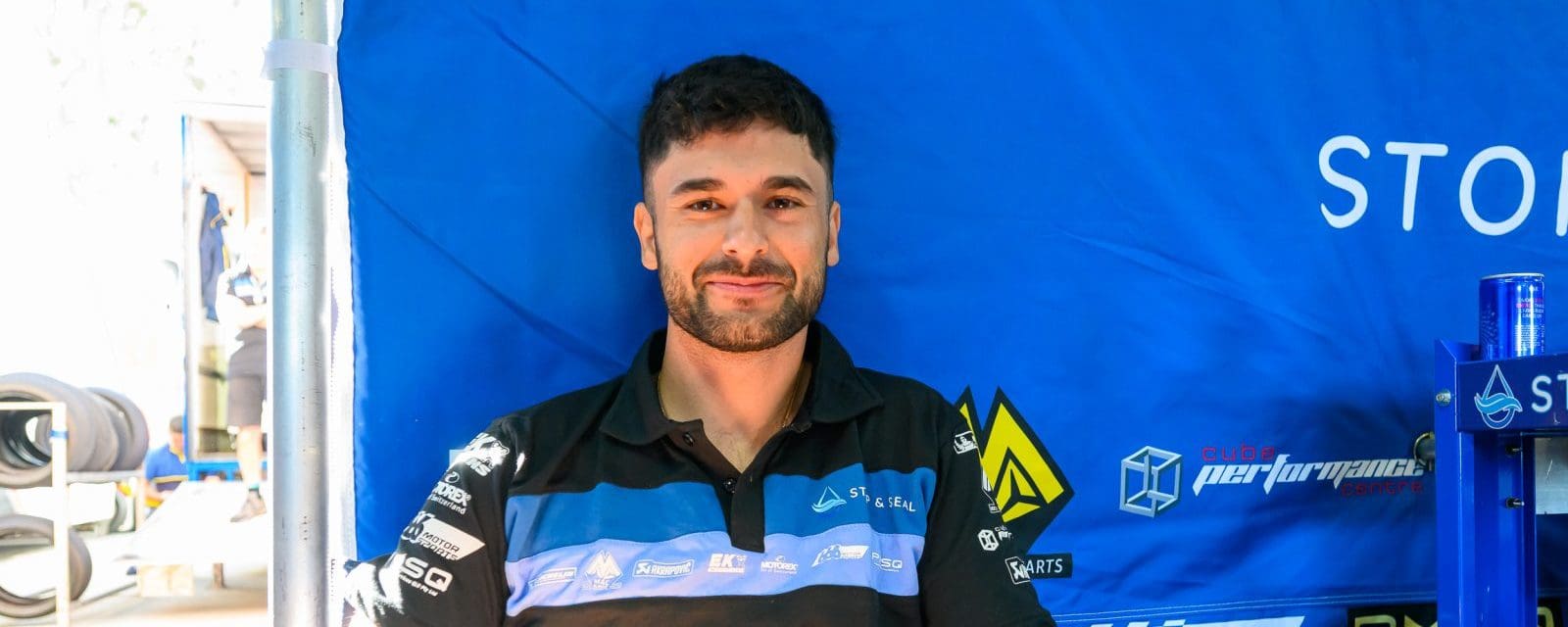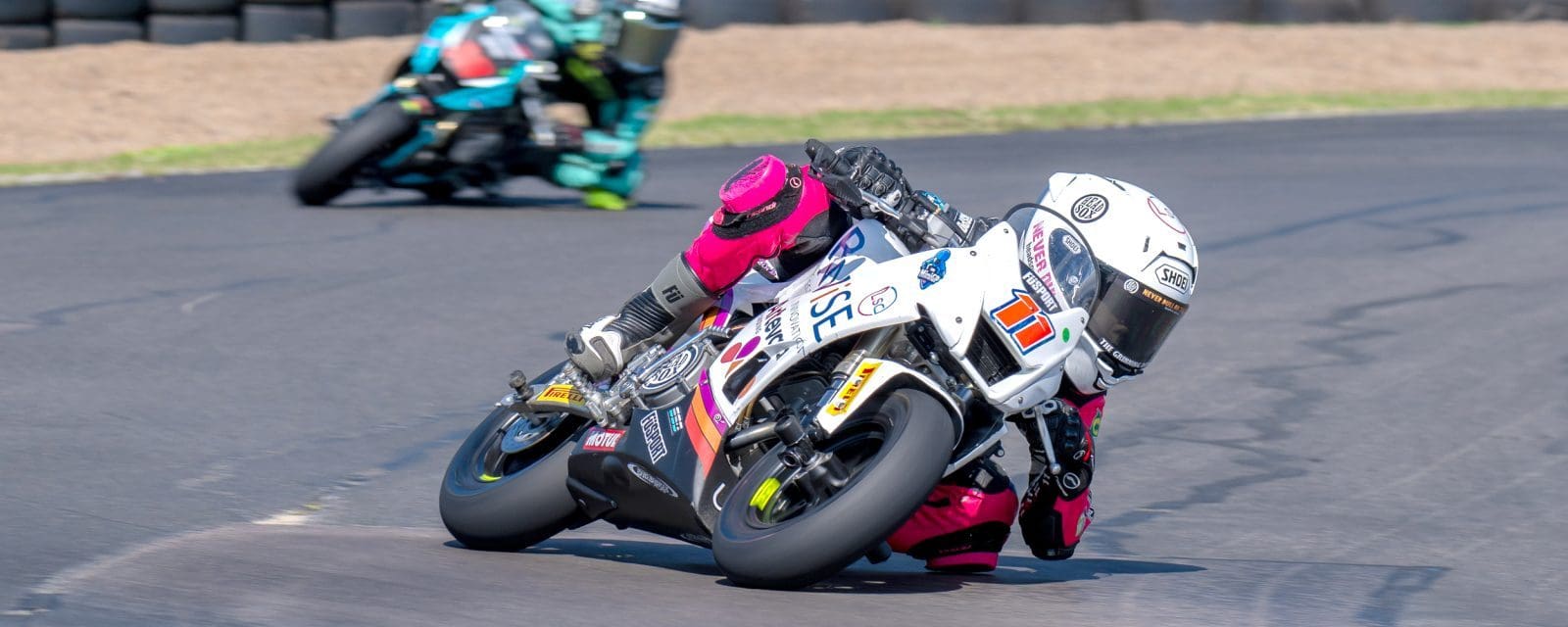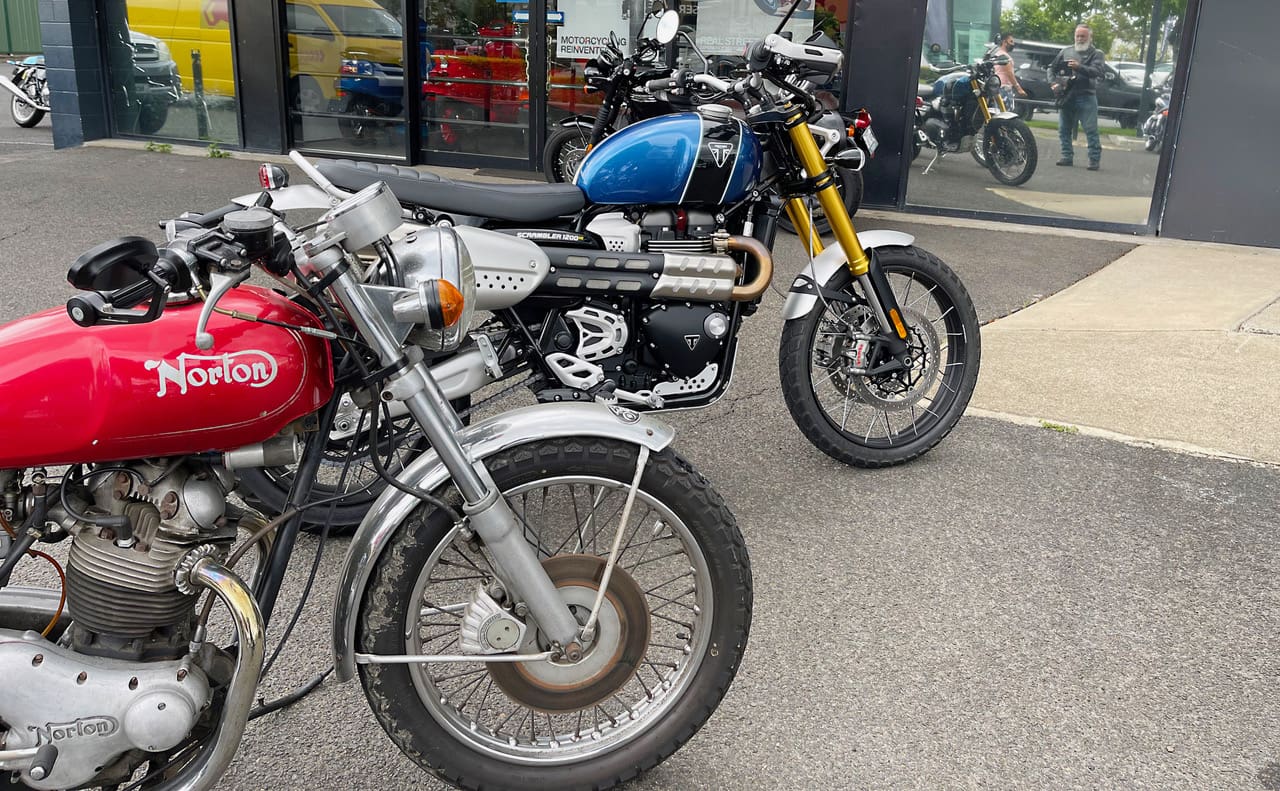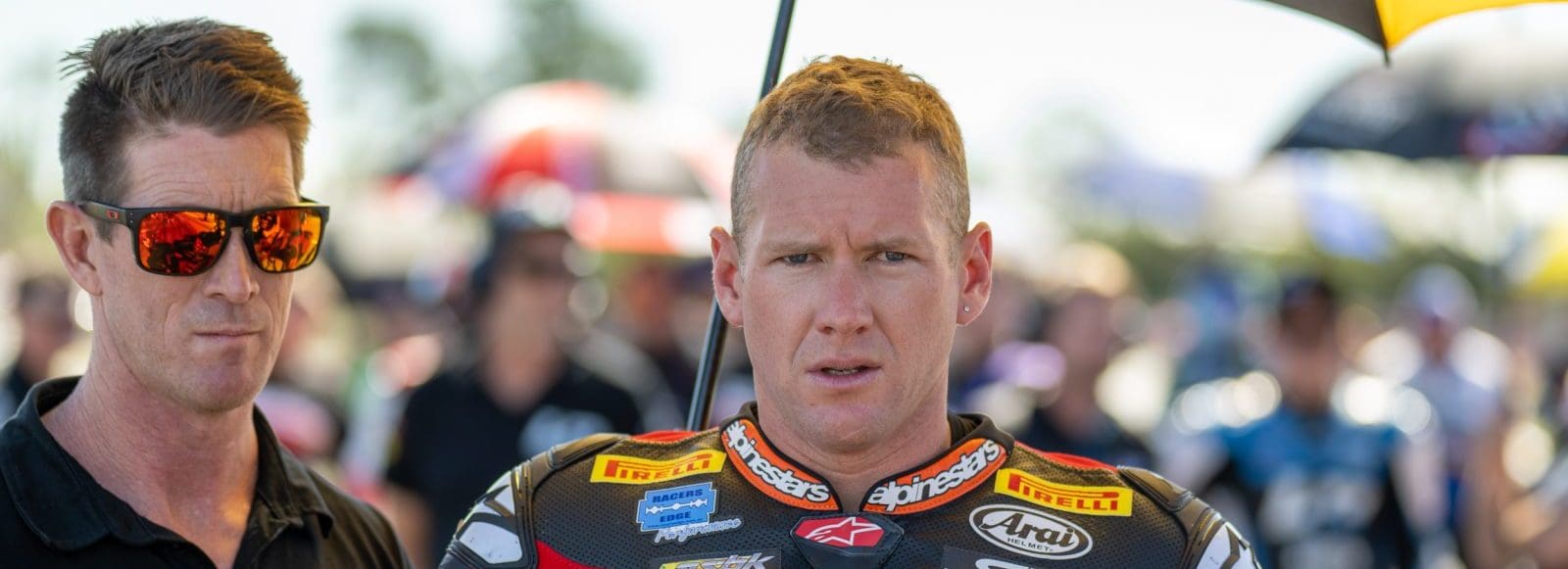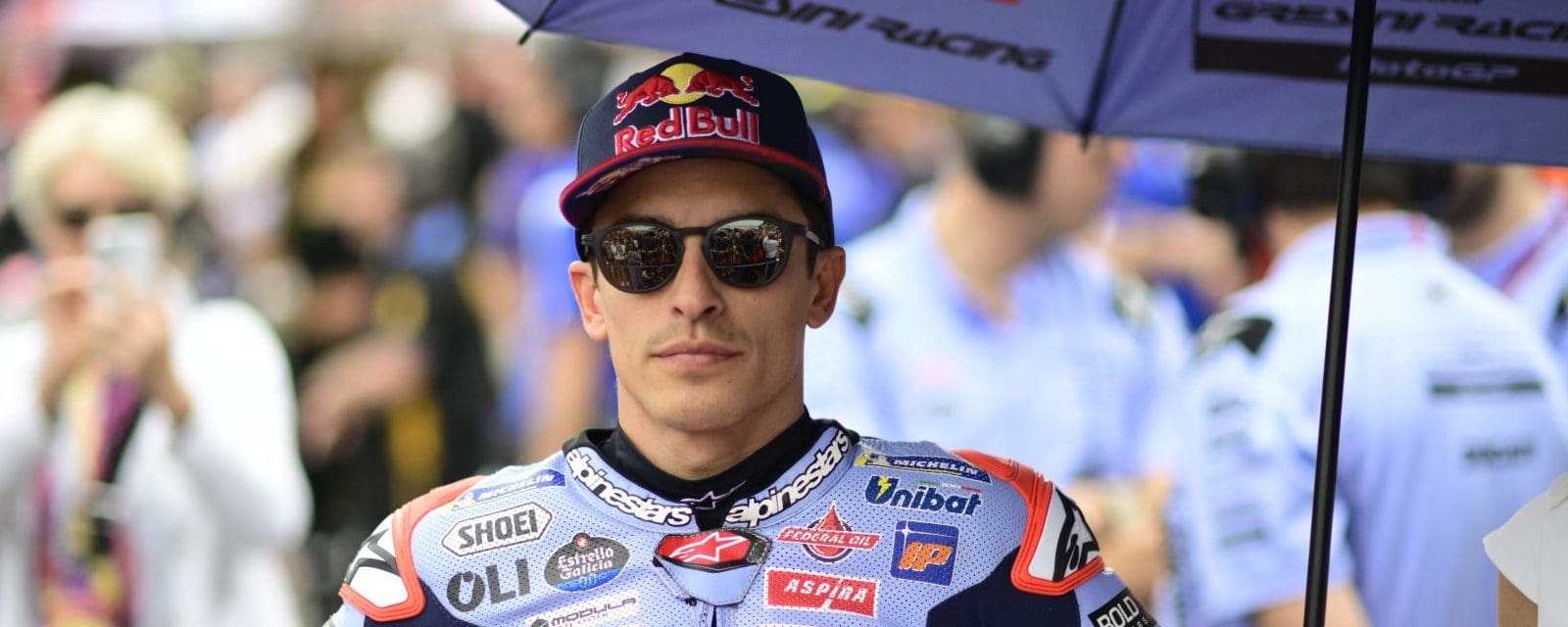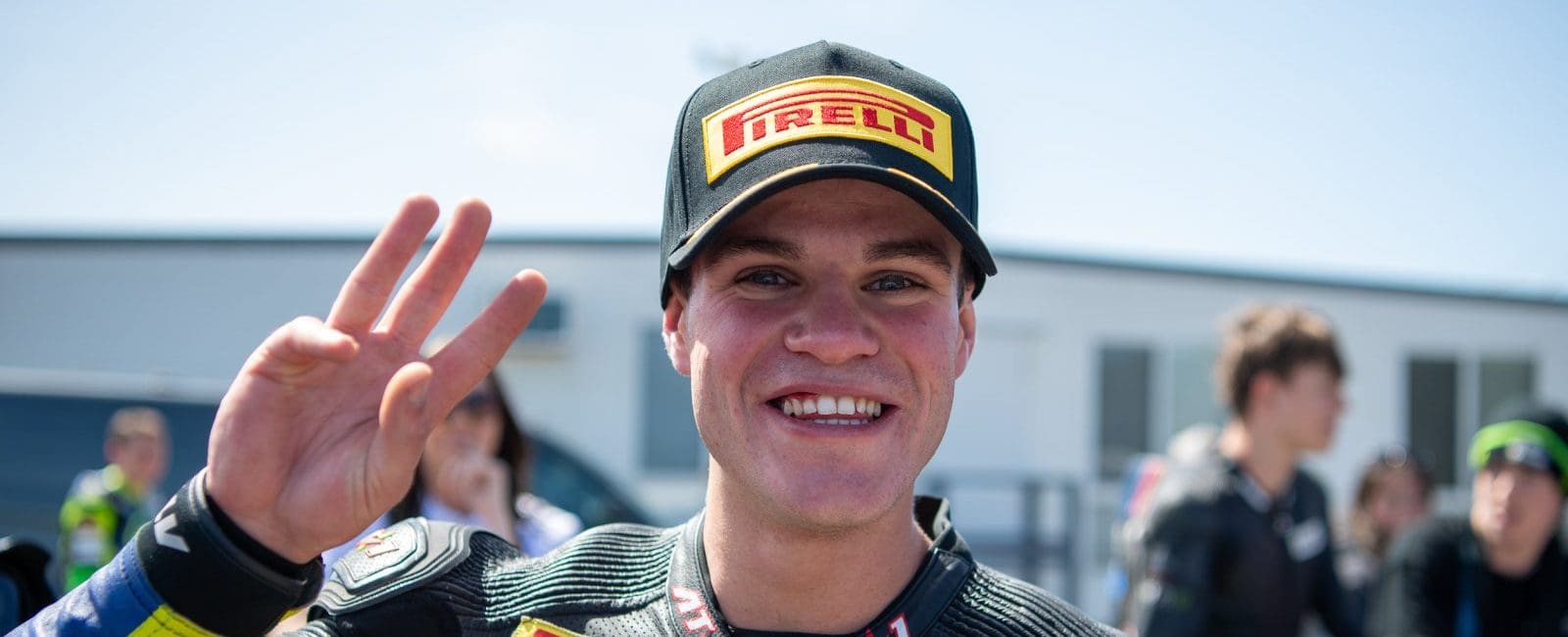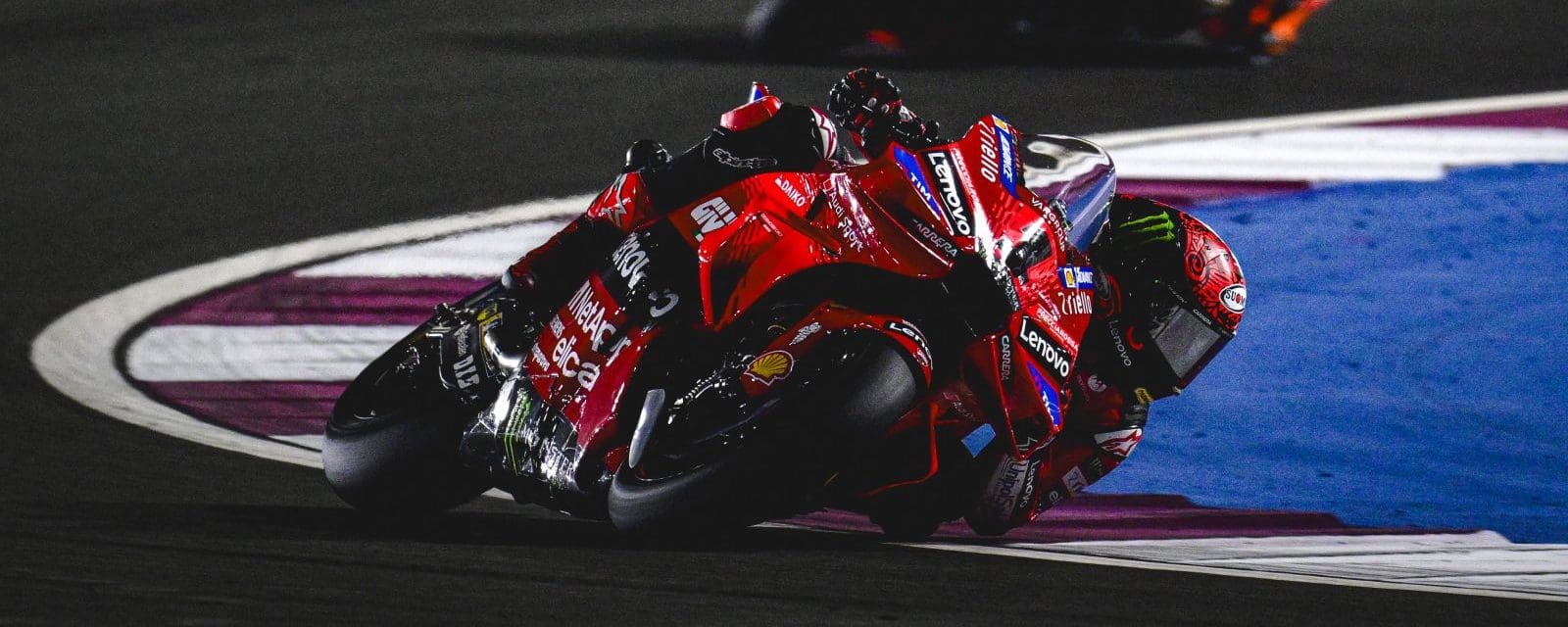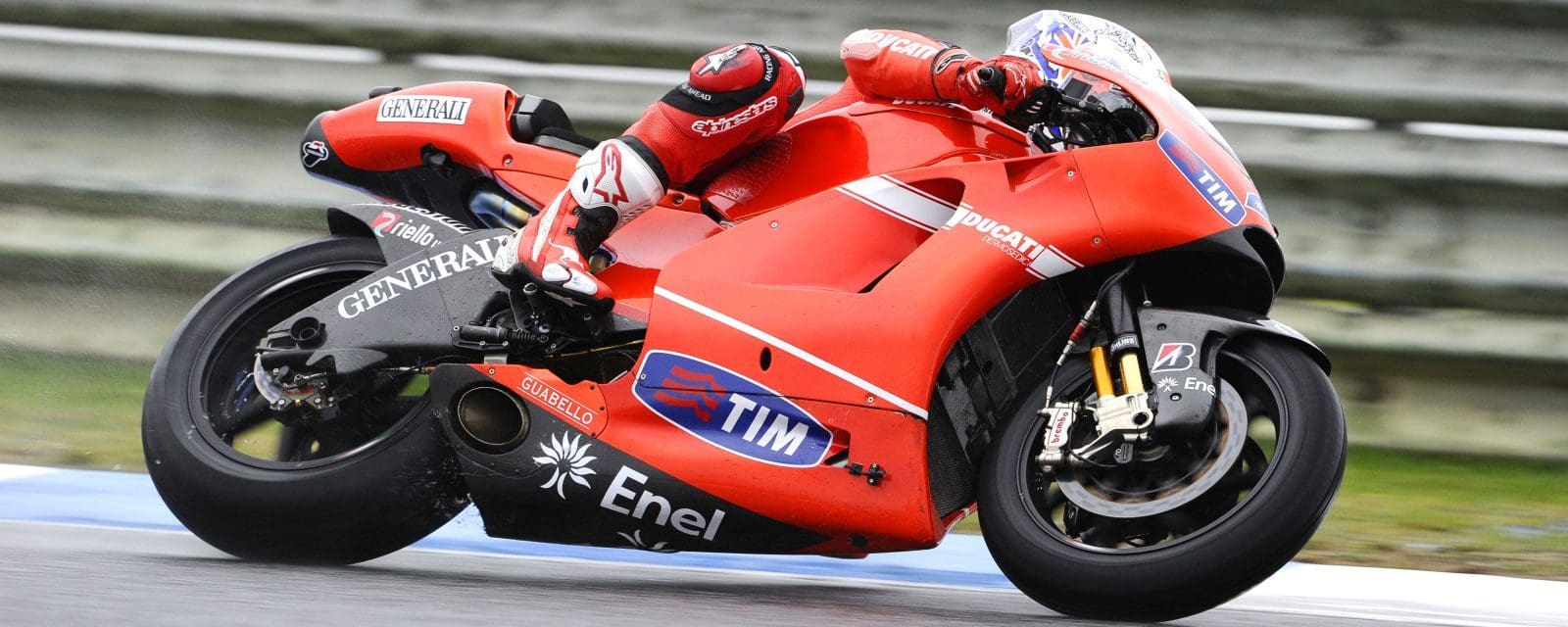We all know what GP racing means. It’s the pinnacle of achievement, in every sphere. The riding, of course, but also the machines, tyres, fuel, oil … and circuits. It is aspiration towards excellence, a striving towards perfection.
Thus it was a bit surprising to see the changes at Sepang. A major revamp included a fine new surface, better safety with paved run-offs and revised gravel traps, and improved drainage for the tropical cloudbursts.
Plus a final hairpin that had been given a significant range of adverse camber. In other words, banked the wrong way, with the greatest new elevation right at the clipping point just after the apex. The opposite of what you might think an improvement.
There were two reasons for this. One was to cut speed onto the front straight and thence into the first corner, which has limited run-off. Given how a MotoGP bike accelerates, especially a Ducati, that’s pretty marginal. When a slower corner was introduced at Catalunya this year after Salom’s fatal crash, it actually led to higher speed on the ensuing straight, because it allowed a less compromised throttle opening.
The other was to mess up the ideal line, giving choices of different ways to take the corner and, in theory, more overtaking opportunities. Though the final hairpin has never been lacking in this area.
But it makes one think … about developments that instead of getting closer to perfection, are aimed in the other direction.
Like making worse tyres. A not infrequent suggestion over the years, with the intention of making racing more entertaining by giving the rider more to do. The idea being that if the tyres lost grip early on and everyone was sliding around, it would encourage a special kind of riding skill and reward the spectators, as opposed to the sterile sight of one-line corners and smooth perfection.
At one stage the suggestion at GP level was inspired by the supposedly more enjoyable World Superbike races, then running on control Pirelli tyres that fell short of the performance of the Michelins, Dunlops and latterly Bridgestones developed almost race by race in a costly grand prix tyre war.
One proponent was this year’s star Cal Crutchlow, recently moved over from WSBK, and having a rather torrid time with tyres that gripped so hard that if they did let go they’d precipitate a massive highside.
Another is the notion of putting all competitors on not just the same engine, but a relatively humble production unit, lacking such racing refinements as highly tuneable fuel injection and so on, and (more importantly) without cassette-style gearboxes with a multiple choice of ratios.
That one actually happened, in Moto2, where sleek full-race chassis are draped around porky CBR600 engines, in a lower state of tune than those used in Supersport 600. A good idea? I have always thought the opposite, but Moto2 does have its fans. Especially among team managers who don’t have to pay for exotic engineering.
Then how about dumbed-down electronics? That’s another one that has happened, with MotoGP teams using the same Magneti Marelli hardware and this year also standardised software. On balance, it’s contributed hugely to closer racing. But detracted just as massively from any role racing might have played in meaningful electronic research.
Here’s one they haven’t done yet, although it too has been spoken about at high level: adding weight ballast to slow down riders who win too often.
If that worked properly, all riders would end up the season on equal scores. And wouldn’t that be wonderfully fair?
A bit like clapping leg irons on the best dancers in the Bolshoi ballet. To make it a bit fairer on the clumsy ones.
And that crazy tip-tilted final hairpin at Sepang? Actually it turned out fine. After all, that sort of thing happens on real-world roads too.
By MICHAEL SCOTT
